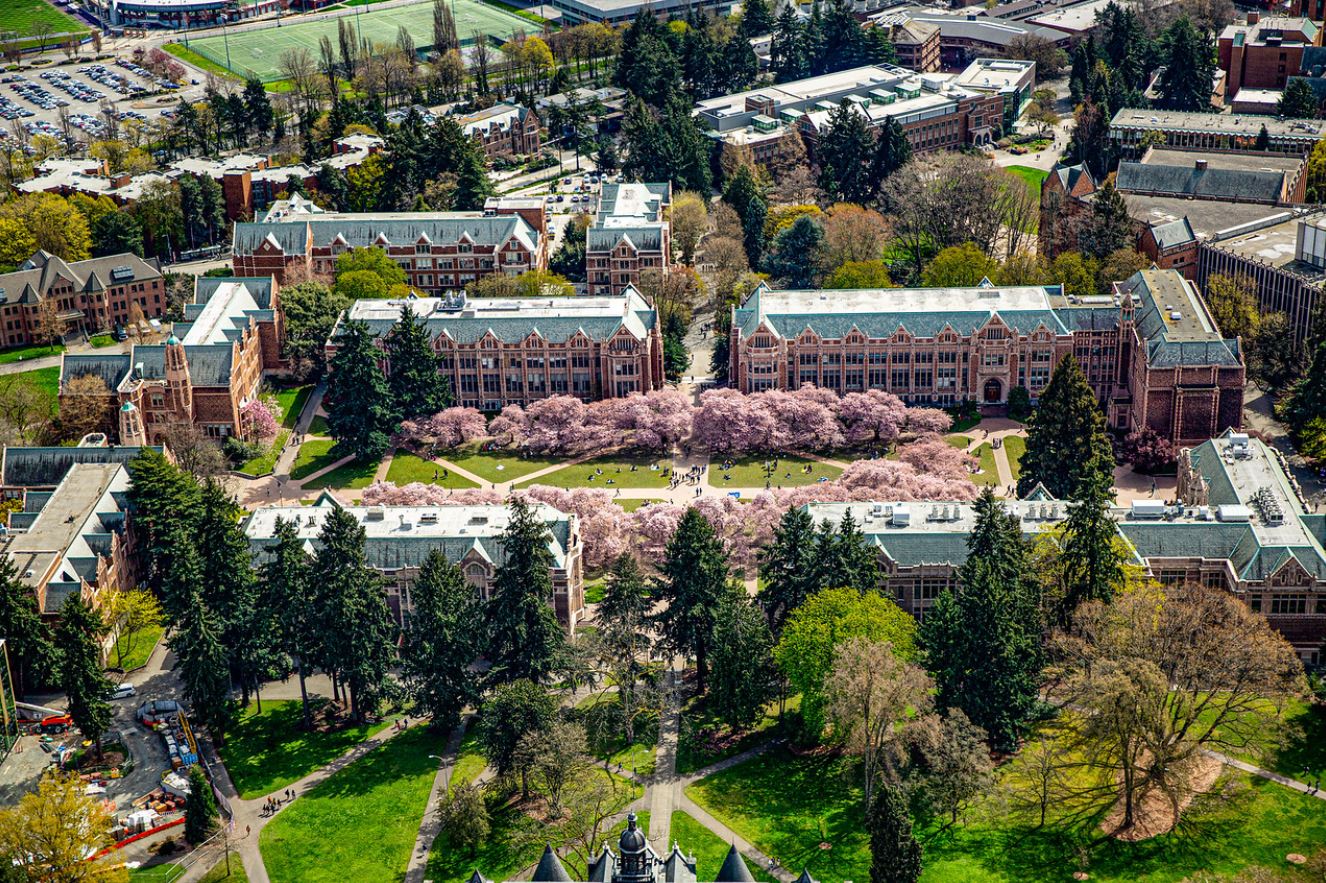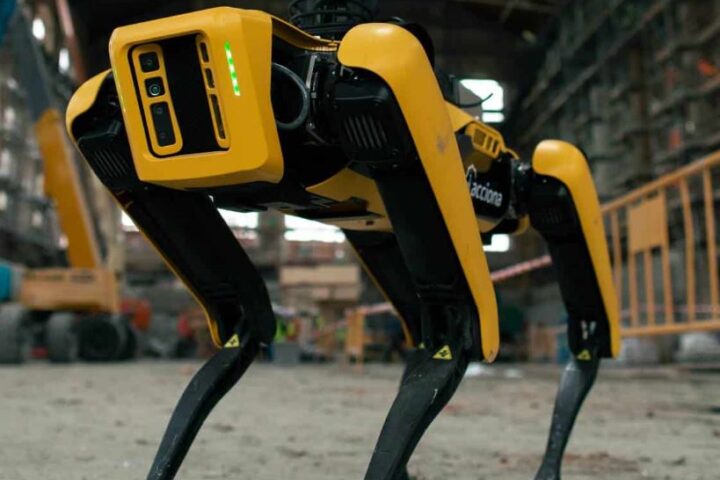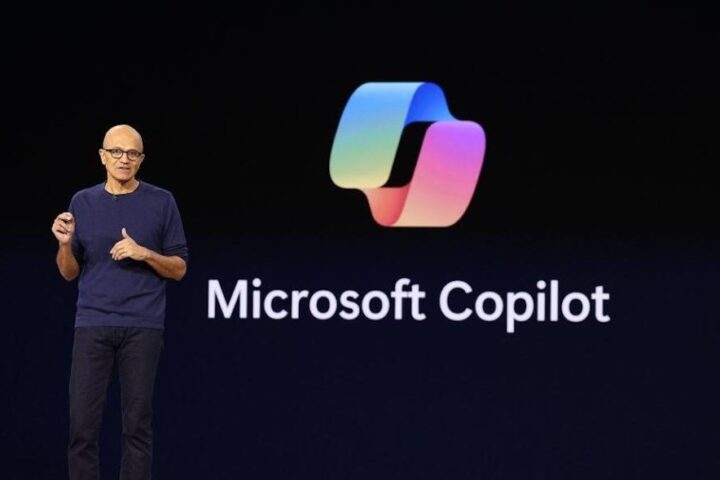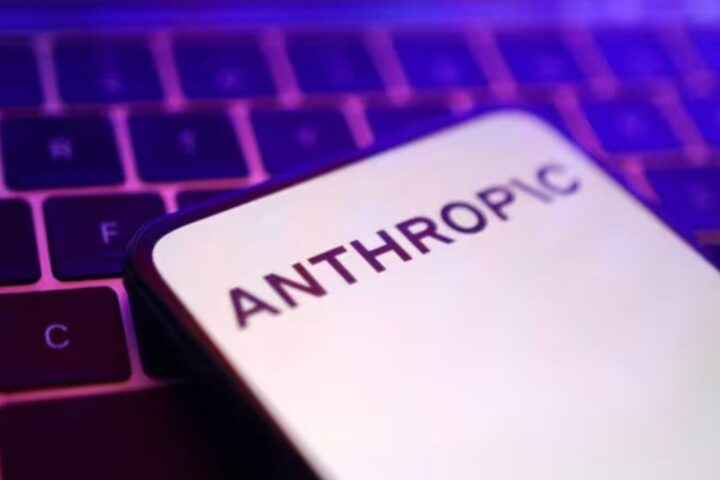 Imagine being in a room full of overlapping conversations, yet hearing every individual voice translated clearly and accurately. Researchers at the University of Washington have developed Spatial Speech Translation, a headphone system that not only translates multiple speakers in real time but also preserves the unique direction and tone of each voice.
Imagine being in a room full of overlapping conversations, yet hearing every individual voice translated clearly and accurately. Researchers at the University of Washington have developed Spatial Speech Translation, a headphone system that not only translates multiple speakers in real time but also preserves the unique direction and tone of each voice.
Using everyday noise‐cancelling headphones equipped with microphones, the system harnesses smart, radar‐like algorithms to differentiate and track each speaker. As Professor Shyam Gollakota from UW’s Paul G. Allen School of Computer Science & Engineering explains, this method is built for genuine dialogue—not just isolated, single-speaker scenarios.
The technology introduces three main innovations. First, it quickly detects how many people are speaking at any moment, whether you’re indoors or out. Next, it maintains the natural nuances and volume of each speaker’s voice. Lastly, it runs smoothly even on compact devices like mobile phones with Apple M2 chips, making it a practical solution for everyday use.
In trials with 29 participants, users preferred this system over previous models that lacked spatial tracking, and the translation accuracy—reflected by a BLEU score of up to 22.01—remained strong despite background interference. Initially supporting Spanish, German, and French, there’s potential to expand coverage to nearly 100 languages.
If you’ve ever struggled with understanding speech in a busy setting, this approach offers a much-needed bridge between voices and clear communication.








